Cilab adds support for testing EMV contactless payments acceptance on NFC devices
NFCW
NOVEMBER 20, 2024
CILAB CI230: Now able to validate EMV interoperability and payment acceptance on NFC devices PARTNER NEWS: The Cilab ci230 high speed test bench now includes support for testing NFC device compliance with EMVCo’s new reduced range testing process for contactless payments acceptance on standard NFC devices.


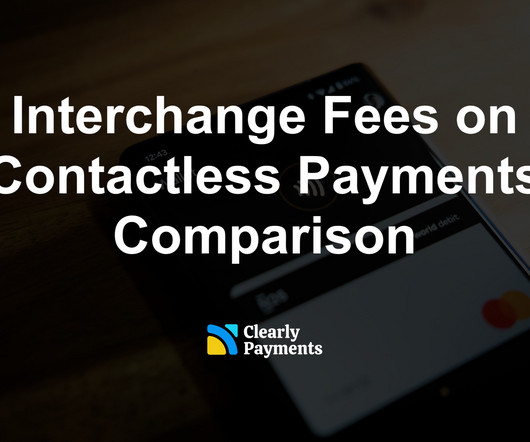



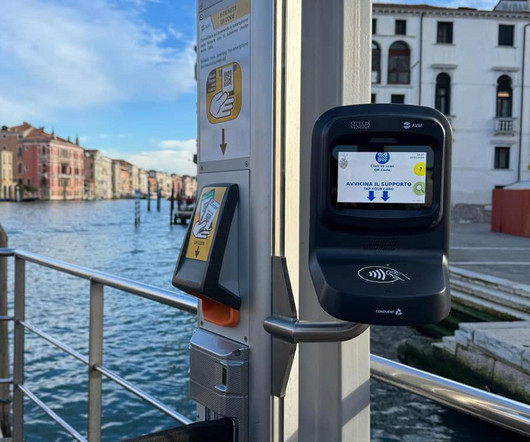

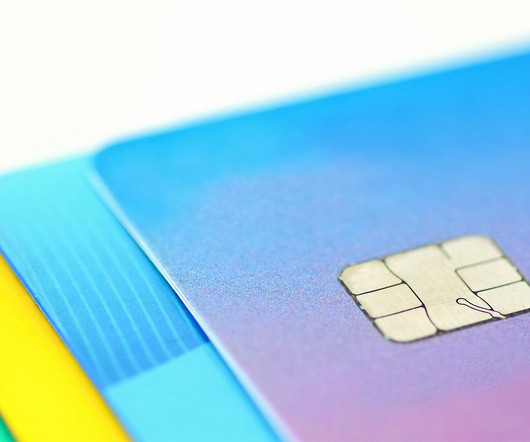
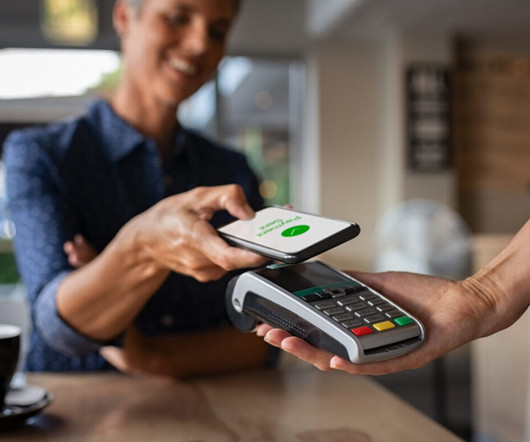

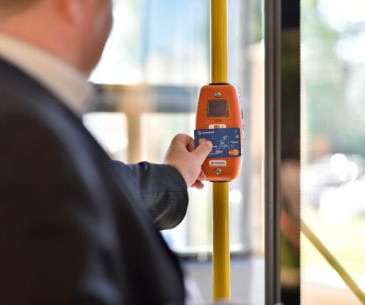
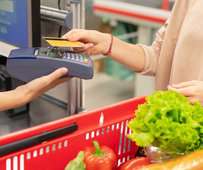


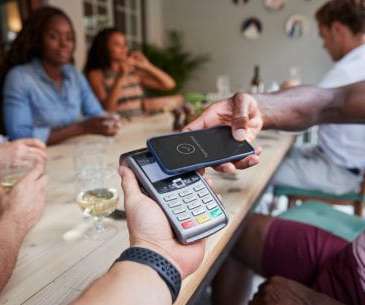












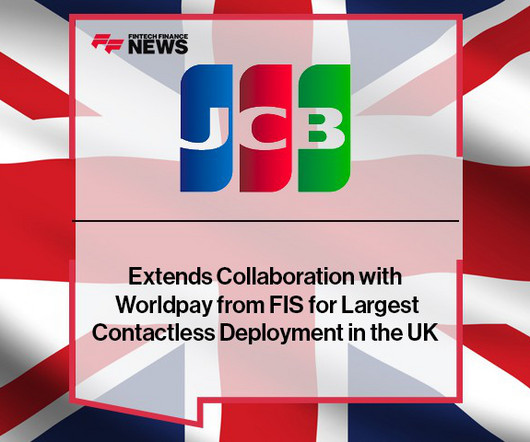


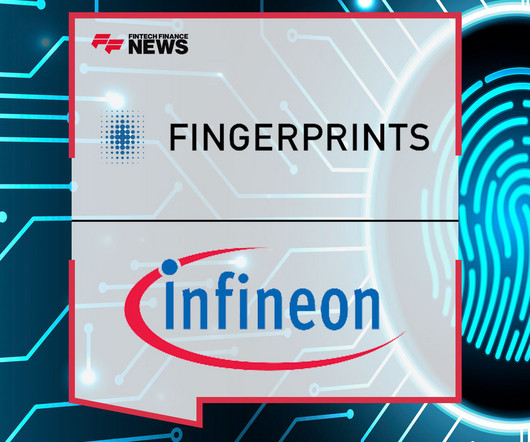

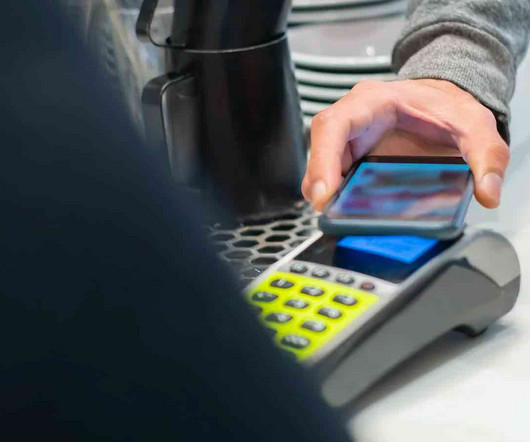


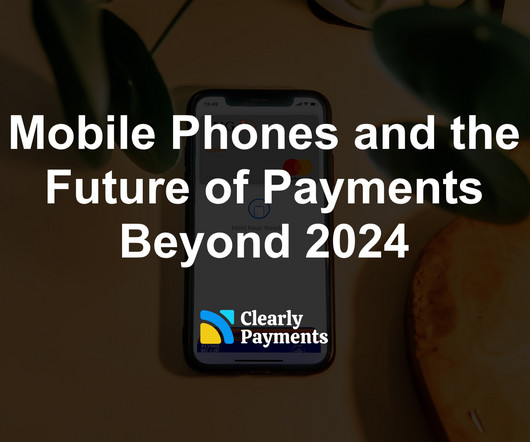











Let's personalize your content